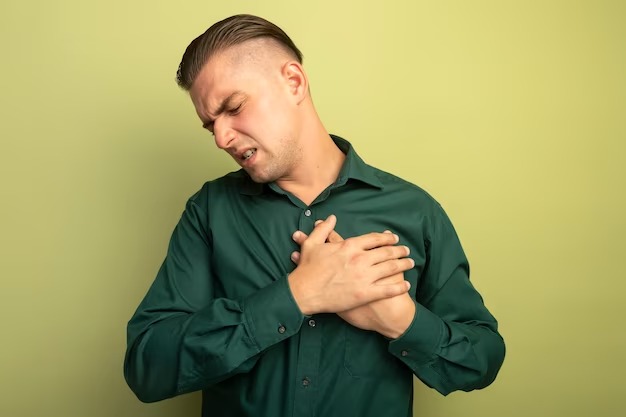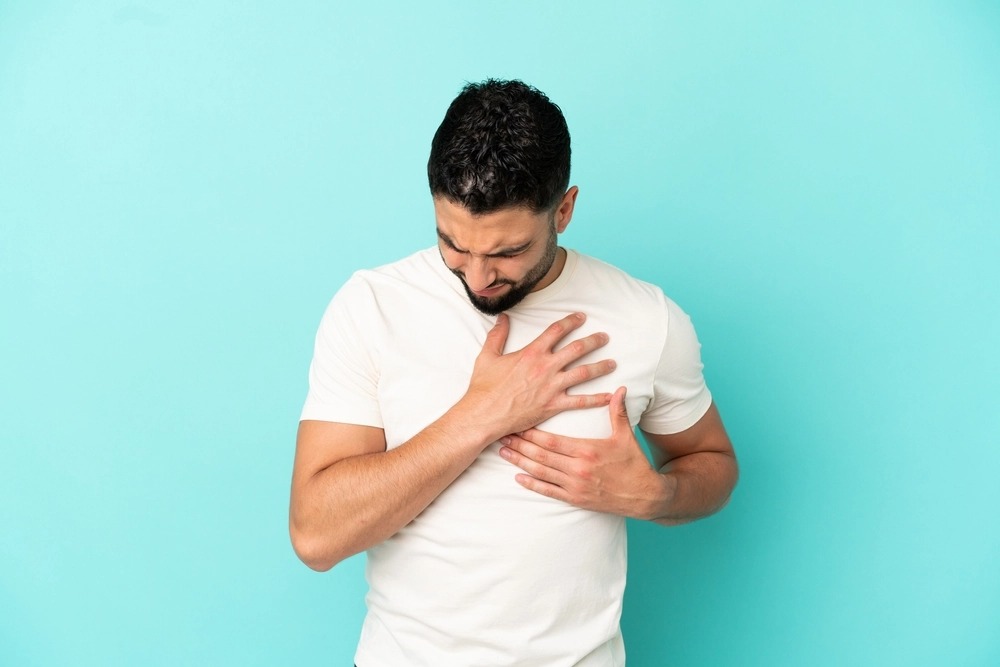What Causes CAD? What Are The Symptoms?
18
April
2023
Coronary arteries provide oxygenated blood to the heart muscle. The heart muscle like all other tissues in the body needs oxygen-rich blood to operate and oxygen-depleted blood must be taken away. The coronary arteries are blood vessels that travel around the exterior of the heart and give blood to the heart muscle.
Coronary heart disease, also known as coronary artery disease (CAD), is characterised by inflammation and the accumulation of fatty deposits in the coronary arteries' innermost layer. Fatty deposits can form in childhood and continue to thicken and expand throughout adulthood. This thickening, known as atherosclerosis, narrows the arteries and can reduce or stop blood flow to the heart.

What Causes CAD?
Plaque (a combination of cholesterol, fat, and other substances) begins to stick to the walls of blood vessels during childhood.
It accumulates over time. This causes the arteries to harden and narrow, which doctors call "atherosclerosis."
In some cases, plaque may break or crack. As a result, blood cells called platelets attempt to repair arteries and form clots. Like dirt in a clogged drain, this buildup prevents blood from flowing freely through your arteries. Blood carries oxygen and nutrients to the heart. Not getting enough oxygen can cause shortness of breath and chest pain (angina pectoris).
A lack of oxygen weakens the heart. This can lead to irregular heartbeats (arrhythmias). It can also cause heart failure. This means that the heart can no longer pump enough blood around the body to meet the body's needs.
If the plaque becomes so large that it stops blood flow to the heart muscle, it can cause a heart attack. But most often heart attacks occur because small plaques rupture.
What are the symptoms?
In the early stages, there may be no subjective symptoms. However, as plaque continues to build up and blocks blood flow to the heart muscle, you may feel short of breath and fatigued, especially during exercise.
The most common symptoms of CAD are angina pectoris or chest pain. Some people confuse it with heartburn or indigestion.
When you have angina, you will feel discomfort in your chest. You can also feel sensations in your shoulders, arms, back, and chin. You can feel:
- Fullness
- Heaviness
- Squeezing
- Burning
- Aching
- Numbness
- Tightness
- Discomfort
- Pressure

If you have any of the following symptoms, call us immediately.
- Chest pain, especially in the middle or left side of the chest, lasting a few minutes or disappearing and recurring. It may feel like tightness, bloating, or pain. Some people confuse it with indigestion or heartburn.
- Discomfort in any part of the upper body. It can occur on one or both arms, shoulders, neck, jaw, or upper stomach.
- Shortness of breath with or without chest pain could be experienced.
- Nausea or vomiting with lightheadedness, dizziness, or cold sweats.
Women often have different symptoms of heart attack compared to men. Chest pain remains the most common warning, but women are more likely to present with other symptoms such as shortness of breath, extreme fatigue, nausea, vomiting, and back and jaw pain.
To know more about CAD and for quality treatment for your heart conditions visit Hill Regional Hospital, call us now.